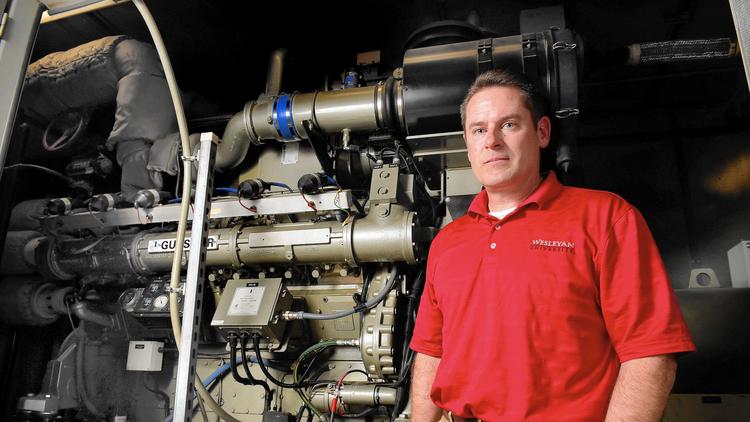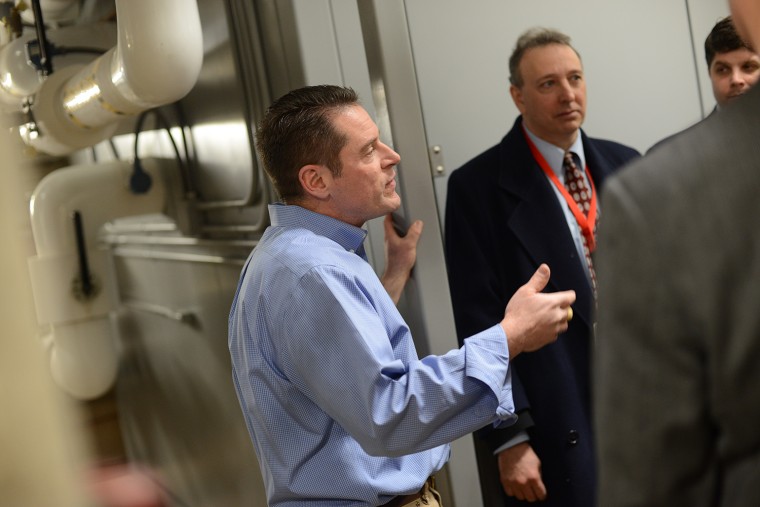Wesleyan Leading the Way in Connecticut With Its Microgrid

In a story about the spread of microgrids in Connecticut, The Hartford Courant points to Wesleyan as a leader. Wesleyan’s microgrid was the first project to come online under the inaugural round of Connecticut’s first-in-the-nation statewide microgrid pilot program.
According to the Courant, the $23 million state program to create a network of mini power generation plants across Connecticut was prompted by Tropical Storm Irene and Hurricane Sandy, which caused widespread power outages, flooding and other problems. In the case of a widespread power outage, microgrids can continue providing power to water treatment plants, emergency shelters, hospitals, police and fire stations.

The Courant interviewed Alan Rubacha, director of Wesleyan’s Physical Plant, who said these mini-power plants offer advantages that go beyond providing power in emergencies. He said the university’s microgrid, which went on line in 2014, is producing enough electricity and steam to save Wesleyan an estimated $300,000 a year in energy costs.
Not only does the university’s natural gas engine produce electricity “as efficiently as a utility,” according to Rubacha, “the big thing is we use all the heat off the back end” as steam to heat the Freeman Athletic Center.
Wesleyan’s plant was one of the first Connecticut microgrids and the overall cost amounted to $4.1 million, including a $603,836 state grant. The combination of university and state funding paid for a 676 kilowatt natural gas engine that operates continuously to power the athletic center.
The center is also a designated emergency center for the area and a distribution point for the Federal Emergency Management Agency.
Wesleyan’s microgrid includes some solar power as well, and Rubacha said university officials calculate that the system will pay back the entire investment in a little over a decade.
Read more about Wesleyan’s microgrid here, and learn about the new solar array in the works that will supply power to the microgrid.

